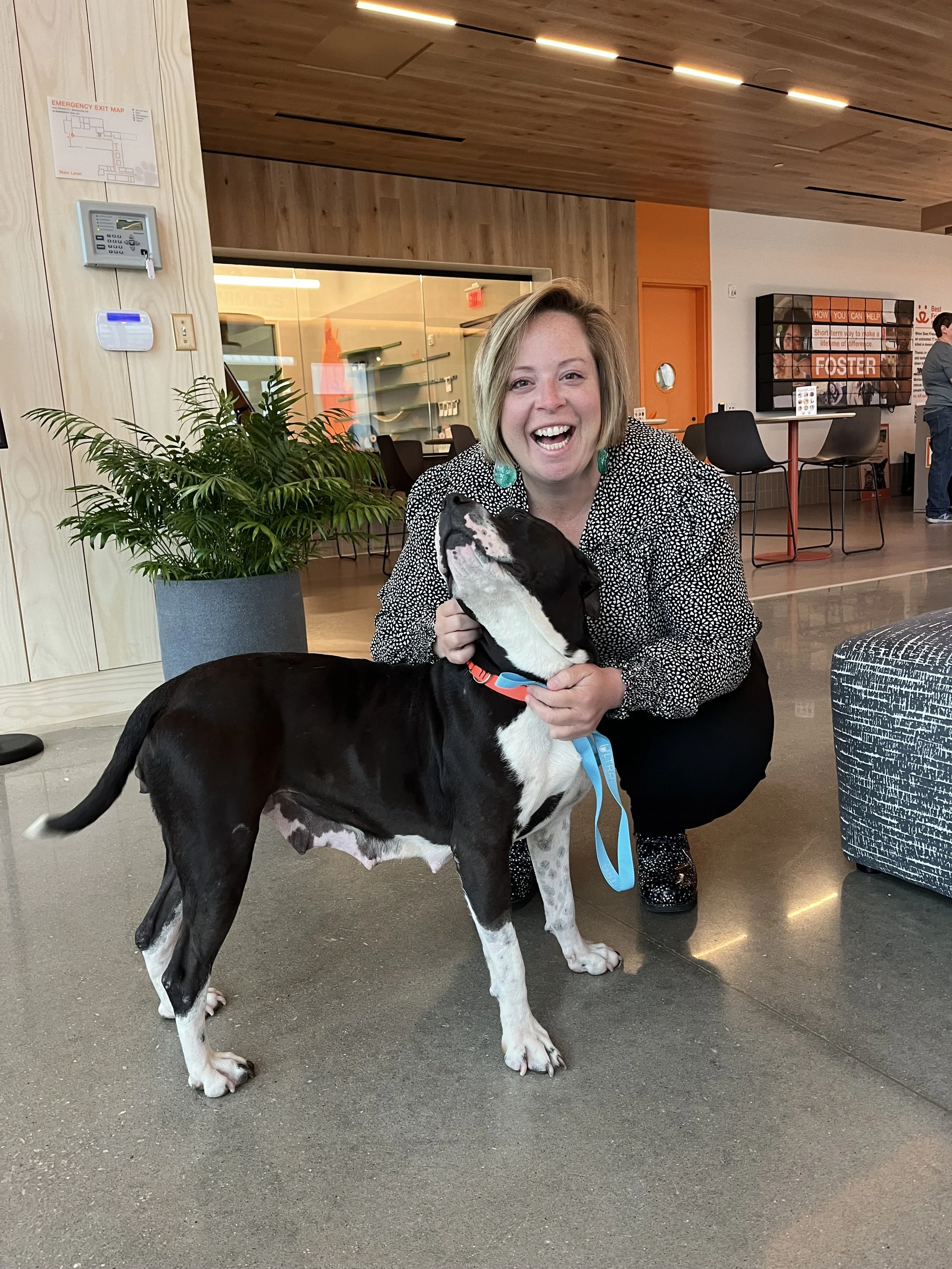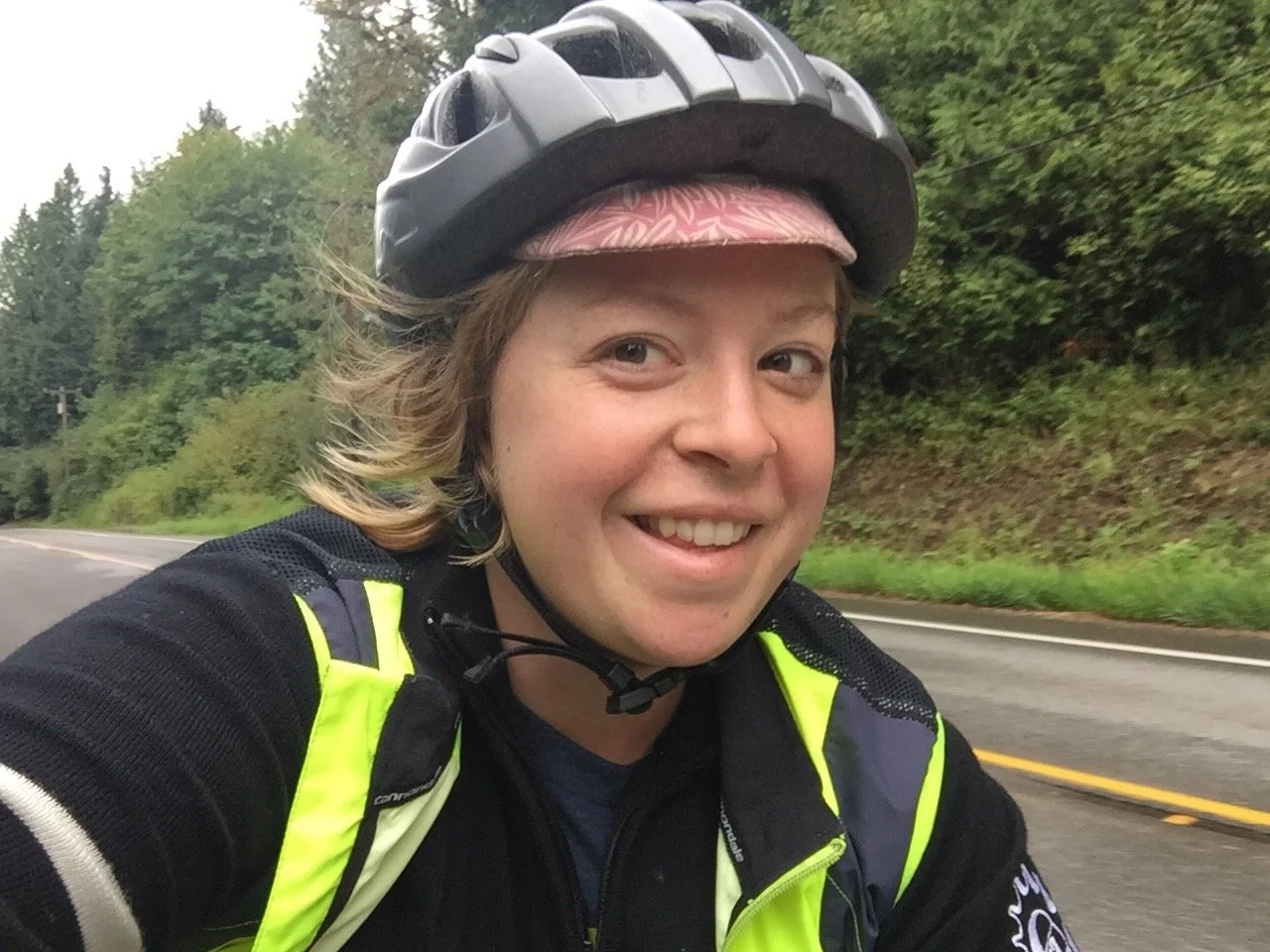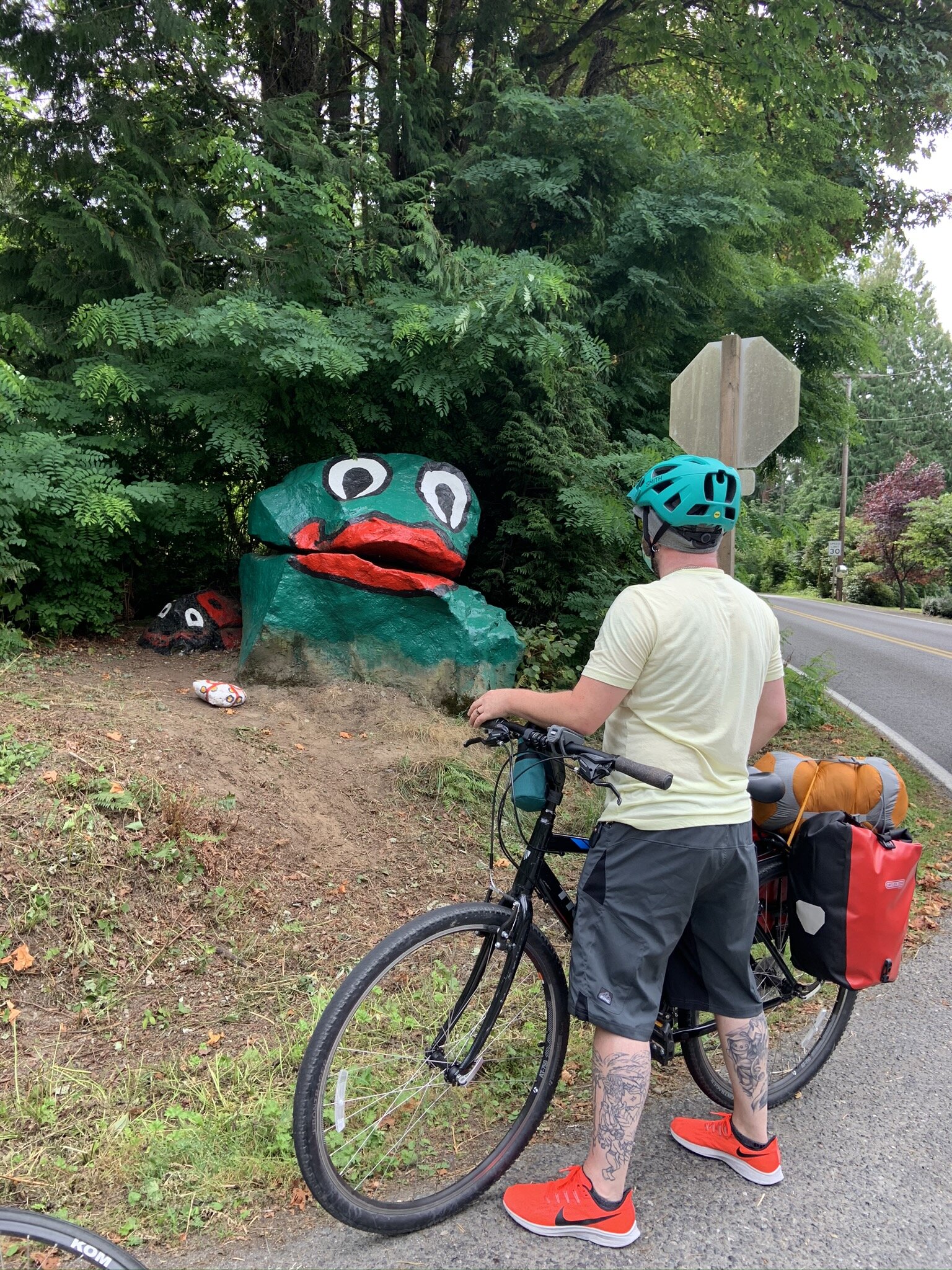Believe it or not, there was a time when there was a casual bike ride or bike culture-related event nearly every night of the week in Seattle. These ranged from Critical Lass to Bike Polo to the Disaster Relief Trials to outer spaced themed Alley Cats. If you rode a bike in Seattle and wanted to find like-minded folks to ride with, you typically could.
Now, even though it’s Bike Everywhere Month, the Events Calendar on the Seattle Bike Blog is woefully sad, aside from the awesome advocacy work Seattle Neighborhood Greenways are doing.
Obviously we took a very necessary break during COVID, but now that vaccines are available to all and the city has installed new bike lanes all over the city, I think we’re ready for some big bike energy in town!
Big Bike Energy image courtesy of Gears for Queers
In the last week I’ve gotten asked at least six times about upcoming group rides in Seattle that I’m leading, and sorry, but my next one isn’t until June 19th! But there is absolutely no reason there shouldn’t be many group rides between now and then!
While I’m honored that folks look to me as a leader in the bike community here in Seattle and enjoy the group rides that I lead, I’m here to tell you that you too can lead group bike rides that are safe, inclusive and fun! And the Seattle bike community needs you to!
Please, I’m begging you - take a risk, step out of your comfort zone and plan a ride, bike party, alley cat, or charity ride!
Nobody holds the keys to bike culture - together we can shape an inclusive community that reflects our values.
To help inspire you to plan the bike ride of your dreams, I’ve put together a 5 step no-fail plan. Obviously everybody’s planning process is different - you don’t have to follow my advice. But please, somebody plan a group ride and let’s get the bike community going again in this town!
Pick a Day & Time. I like to take into consideration when my intended audience will be able to attend, as well as expected car traffic at that time and any potential conflicting events (sports games, big events, etc.)
Designate your meet-up spot. I’ve played around with lots of different spots around town and find that the most successful are those that are centrally located, have a restroom, and food close by in case folks show up hungry.
Recruit your friends to help. Leading a ride alone is hard - having friends to help decide the route, act as sweeper (more on that later) and promote the ride is super helpful.
Announce the Ride! Make a flyer (digital or print to put up at shops), Facebook event, Instagram post, etc. Consider posting the event to local online communities like Seattle Bike Blog, Twitter, EverydayRides.com, and the Seattle WTF Bike Slack. Make sure you include all the relevant details of your ride like date, time, pace of ride, meetup spot and things to bring.
Do the dang thing! If it’s fun, do it again! If not, that’s ok! Maybe somebody else will be inspired to lead a ride!
And while I’ve got your attention, there’s a couple of things you can do as the Ride Leader/Organizer to ensure your ride is inclusive, safe and fun.
In no particular order:
Be honest about what pace you’re going to go at and stick to it. (Using a bike computer can be especially helpful for keeping a real time eye on this during your ride.) Remember, my “social pace” is probably not the same as your “social pace.”
Publish your intended route before the ride. Using RidewithGPS or other ride mapping software allows participants to download the route onto the bike computer (if that’s their thing.) This can also help alleviate any anxiety folks may be having about where the ride is going!
Have a sweeper at the back of the group who knows the destination and can help shepherd anyone who gets separated from the pack to the ride destination.
Regroup at the top of hills and actually give the last folks up a chance to catch their breath.
Don’t use judgement based descriptions like “beginner” when you actually mean slow. Calling out specific required skills (holding a paceline, being able to ride single track, etc.) will better allow potential attendees to gauge if the ride is appropriate for them.
So, what do you say? Need some inspiration for ideas for group rides? Take a look at what Portland is up to for the next 3 months with Pedalpalooza.
In closing, Seattle is not known for being the friendliest city. But in my experience, the bike community does a pretty damn good job of supporting each other. And I can guarantee that I’ll do my best as a bike advocate and fan of creating community to cheer you on, hype you, and help guide you (if you want it.)

















